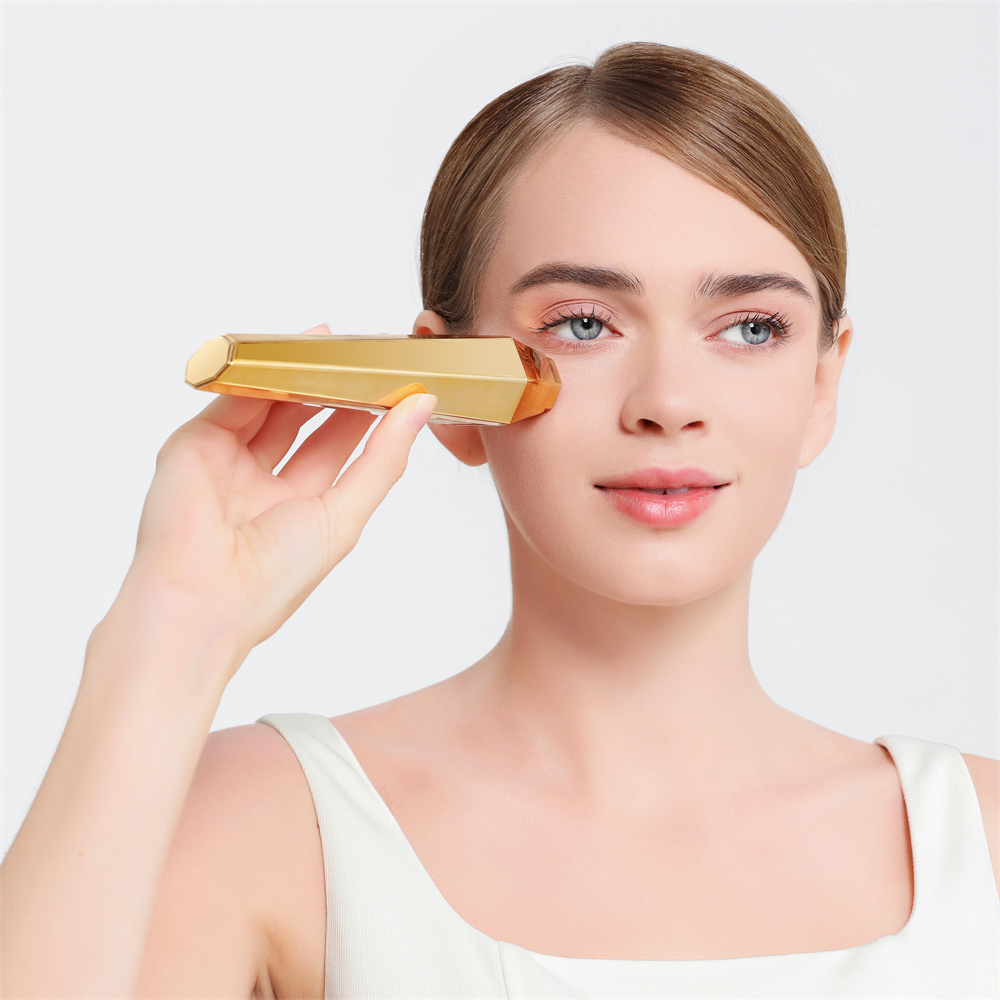
What is Radio Frequency Treatment?
Before diving into the frequency of radio frequency treatments, let's first understand what it is and how it works.
Radiofrequency treatment uses energy in the form of radio waves to heat the deeper layers of the skin. This heat stimulates the production of collagen, a protein that gives skin elasticity and firmness. As we age, our collagen production decreases, leading to wrinkles, sagging skin, and other signs of aging.
By increasing collagen production, radio frequency treatments can improve skin texture and tone, reduce the appearance of wrinkles and fine lines, and tighten loose skin. It can also help with acne scars and stretch marks.
How Often Can You Do Radio Frequency on Your Face?
The frequency of radiofrequency treatments on the face depends on several factors, including the type of device used, the intensity of the treatment, and your skin's response to the treatment.
In general, most experts recommend spacing out radio frequency treatments every 4-6 weeks. This allows enough time for your skin to heal and for collagen production to take effect. However, some people may see results with treatments spaced out every 2-3 weeks.
It's important to note that overdoing radio frequency treatments can negatively affect your skin. Too much heat can damage the skin and lead to scarring, hyperpigmentation, and other issues. It's always best to consult with a skincare professional before undergoing any treatment and to follow their recommended frequency.

While radio frequency treatments can provide great results, it's important not to overdo it. Doing treatments too often can have negative effects on your skin.
Overheating the skin can cause damage to the skin's barrier, leading to dryness, redness, and irritation. It can also cause collagen breakdown, leading to sagging skin and wrinkles. In some cases, overdoing radio frequency treatments can cause permanent skin damage.
It's important to listen to your skin and give it time to heal between treatments. If you experience any negative side effects, it's best to consult with a skincare professional and adjust your treatment frequency accordingly.
It's important to pay attention to your skin's response to radiofrequency treatments. If you notice any of the following signs, it may be a sign that you're overdoing it:
If you experience any of these symptoms, it's best to consult with a skincare professional and adjust your treatment frequency. It's always better to err on the side of caution when it comes to your skin's health.

Several factors can affect how often you can do radiofrequency treatments on your face. These include:
There are various types of radio frequency devices used for skin treatments, each with different intensities and frequencies. Some devices may require more time between treatments, while others may be safe to use more frequently. It's important to consult with a skincare professional to determine the best treatment plan for your specific device.
The intensity of the radio frequency treatment can also affect how often you can do it on your face. Higher-intensity treatments may require more time between sessions to allow the skin to heal and for collagen production to take effect. Lower-intensity treatments may be safe to do more frequently.
Everyone's skin is different, and some may have a more sensitive reaction to radiofrequency treatments. If you experience increased redness, irritation, or other negative side effects, it's important to give your skin more time to heal between treatments.
It's important to consider other skincare treatments you may be doing in conjunction with radio frequency treatments. For example, if you're also doing chemical peels or using retinol products, it's important to space out your treatments to avoid overloading your skin with too many active ingredients.
If you're concerned about the frequency of radio frequency treatments or have experienced negative side effects, there are alternative treatments you can try.
Microneedling is a popular alternative to radio frequency treatments. This procedure uses tiny needles to create micro-injuries in the skin, stimulating collagen production and improving skin texture and tone. It can also help with acne scars and stretch marks.
Microneedling can be done every 4-6 weeks, depending on your skin's response and the intensity of the treatment.
Laser treatments use concentrated light energy to target specific areas of the skin, stimulating collagen production and improving skin texture and tone. There are various types of laser treatments available, each with different frequencies and intensities.
It's important to consult with a skincare professional to determine the best laser treatment for your skin and how often you can safely do it.

Radiofrequency treatments can provide great results for improving skin texture and tone, but it's important to understand how often you can safely do them on your face. It's always best to consult with a skincare professional and listen to your skin's response to treatments. By following the recommended frequency and giving your skin time to heal, you can achieve the best results and maintain healthy, glowing skin.
FITTOP pursues quality and customer service, making it a top choice for many customers in the beauty device industry. Our RF beauty devices meet ISO9001 and ISO13485 standards and carry CE, FCC, and RoHS certifications, ensuring reliability and safety. We also provide an 18-month warranty on all products, giving extra assurance of their quality.